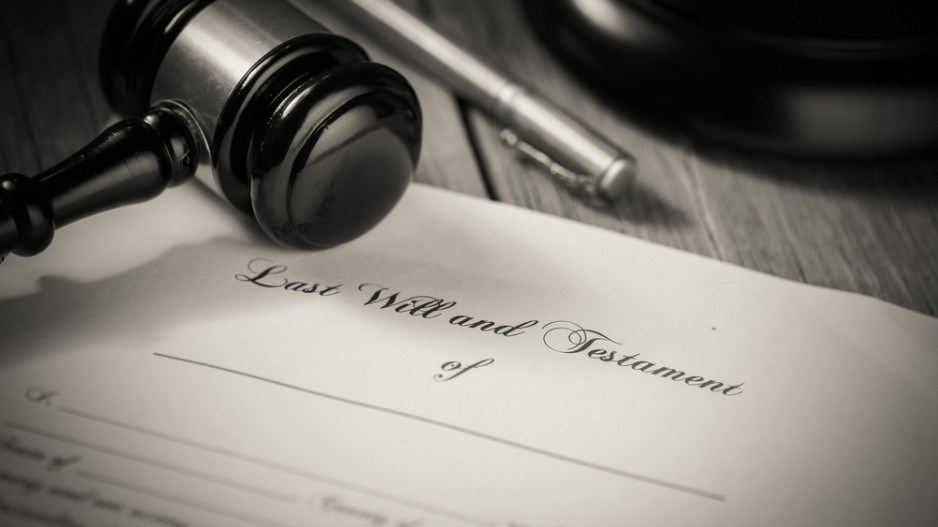As an estate planner, I often hear clients comment that they want to “avoid taxes at the time of death.” Once I start to ask what they mean by that, it becomes apparent that there is an expectation that saving probate fees is somehow related to saving income taxes. Nothing could be farther from the truth. In fact, overemphasis on saving probate fees can cause income tax problems for the estate (most frequently in the form of depleting the estate to the point where the “wrong” beneficiaries end up paying the income taxes owed). Here is a brief overview of how income taxes are assessed in Canada at the time of death:
•Terminal-year return. Let’s look at a case study. Jessica passes away on October 1, 2015. Her personal representative will need to file a “terminal-year” tax return for the period of January 1, 2015, to the date of death. Let’s assume that Jessica would normally earn a total annual income of $80,000, so in 2015 she will have about $60,000 of income to report from her regular monthly sources prior to her demise.
•Deemed dispositions. However, there could be some very unique items included in the terminal-year return. That is because taxpayers are deemed to have disposed of all of their capital assets immediately prior to the time of death. What does that mean? For the most part, Canadians aren’t taxed on capital gains until such time as they sell the asset. So if Jessica had mutual funds that she paid $100,000 for a few years ago, and they are now worth $400,000, she would have an unrealized capital gain of $300,000, 50 per cent of which is taxable in the year of death. If she also has gains on rental properties (her cottage, etc.) you can see how the tax bill will start to add up.
•RRSPs and RRIFs. The other relatively unique item that is likely to be found on a terminal-year return is a potentially large income inclusion due to the deregistration of your registered retirement savings plan (RRSP) and/or registered retirement income fund (RRIF). You need to convert your RRSP to an RRIF in the year in which you turn 71 and start withdrawing minimum payments, which are taxable. To the extent that you still have sums in these registered accounts at the time of your death, these amounts will be fully taxable in your terminal-year return. So if Jessica had $250,000 in her RRIF in the year of death, her personal representative would need to include $250,000 in her terminal-year return.
So, between Jessica’s normal recurring income, the deemed disposition of her capital assets and the deregistration of her RRIF, the tax bill in her year of death could be pretty significant. The most common method for deferring the tax is to leave assets to a surviving spouse or common-law partner. Generally speaking, all assets (including capital assets, RRSPs and RRIFs) left to a surviving spouse or common-law partner can be “rolled over” so that the tax isn’t payable until the death of a second spouse. Of course, this does not help single persons. There are other ways in which you can try to reduce the tax liability, such as charitable donations, but these usually provide only limited assistance.
One method that definitely does not reduce the income tax liability is designating a direct beneficiary or adding individuals as joint owners to your non-registered assets. Although this may reduce probate fees, it will not reduce the income tax liability and in fact could cause other problems since the outstanding tax must be paid.
In many cases, it is better to have all of the assets flow through your estate, have the tax liability paid off the top and then have the remainder shared equitably between your beneficiaries.
There are many instances where probate planning can cause grief for executors because they have to figure out how to pay a tax liability with limited assets – and if they can’t pay the tax liability, that is when the Canada Revenue Agency (CRA) may come knocking on a beneficiary’s door. The CRA likely won’t be too concerned about whether or not it has collected the tax “fairly,” potentially leading to inequities between your beneficiaries.
Most people also do not seem to realize that probate fees in B.C. are 1.4 per cent – a far cry from the highest income tax rate of almost 46 per cent.
When structuring your estate, speak to a tax adviser to get a complete understanding of how your estate will be taxed at the time of your death. In many cases you will not be able to “avoid taxes” at the time of your death, but you certainly can plan for them. And if you feel that the net value of your estate will not be sufficient to achieve your estate planning objectives, the usual solution is to purchase insurance to fund the gap. ç
Christine Van Cauwenberghe is assistant vice-president of tax and estate planning with Investors Group. She is a lawyer, certified financial planner and author of Wealth Planning Strategies for Canadians, published annually.
For more on retirement preparedness, see an infographic at www.biv.com/navigating and read our new Retirement Ready magazine at https://www.biv.com/magazine/retirement-ready-2016/



